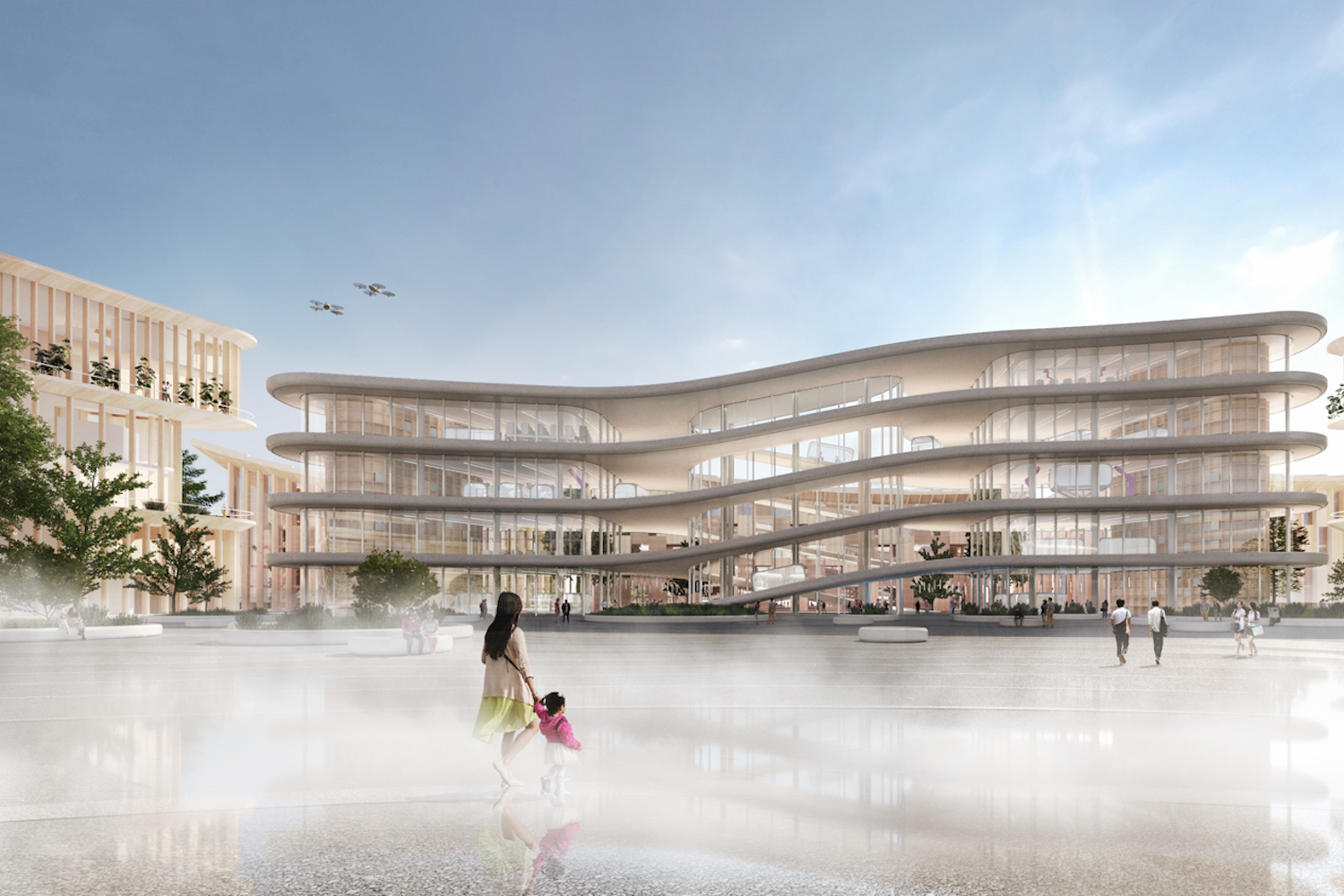Lots of automotive manufacturers use the Consumer Electronics Show (CES) in Las Vegas as a platform to reveal new vehicles or new in-car technology - but Japanese firm Toyota has gone one step further at this year's event, announcing it will build a city powered by hydrogen fuel cells on the footslopes of Mount Fuji. It will be called the Woven City and groundbreaking for the project will take place in 2021.
A living laboratory
Toyota envisions the Woven City as a 'living laboratory', which will play home to both full-time residents and researchers who will test and develop technologies such as autonomy, robotics, personal mobility, smart homes and artificial intelligence in a real-world environment.
The 175-acre city sited at the base of Japan's highest peak will be Toyota's baby, but the company is to extend an open invitation to other commercial and academic partners to join in with the project. Interested scientists and researchers from around the world can therefore take part in the Woven City experiment.
'Incredible, unique opportunity'
Akio Toyoda, president of Toyota Motor Corporation, said: "Building a complete city from the ground up, even on a small scale like this, is a unique opportunity to develop future technologies, including a digital operating system for the city's infrastructure. With people, buildings and vehicles all connected and communicating with each other through data and sensors, we will be able to test connected AI technology in both the virtual and the physical realms, maximising its potential."
Part of Toyota's 'Built for a Better World' brand promise, which aims to protect the future of the planet through innovation in technology, the Woven City is an ambitious new project and Steve Tormey, the CEO of Toyota Ireland, added: "The Woven City is an incredible and totally unique opportunity for Toyota and the world at large. Innovation is at the heart of Toyota and the cornerstone of the brand's DNA, and our plans for the Woven City is a real testament of that. By creating a fully connected ecosystem powered through hydrogen fuel cells, we are cementing Toyota's place as being a leader not only in the motoring field but also in additional technologies including robotics, personal mobility, smart homes and artificial intelligence. We look forward to the creation of the Woven City and to continue to play our part in creating a better world for our children's children."
Three-speed street system
Danish architect Bjarke Ingels, CEO of Bjarke Ingels Group (BIG) - which is the company responsible for 2 World Trade Center in New York, Lego House in Denmark, and also Google's Mountain View and London headquarters - was given the task of designing Woven City. He said: "A swarm of different technologies are beginning to radically change how we inhabit and navigate our cities. Connected, autonomous, emission-free and shared mobility solutions are bound to unleash a world of opportunities for new forms of urban life. With the breadth of technologies and industries that we have been able to access and collaborate with from the Toyota ecosystem of companies, we believe we have a unique opportunity to explore new forms of urbanity with the Woven City that could pave new paths for other cities to explore."
The city will have streets split into three types: routes for faster vehicles only; ones with a mix of lower speed, personal mobility and pedestrian traffic; and then a park-like promenade for pedestrians only. The streets are 'woven' together (hence the city's name) in an organic grid pattern to help accelerate the testing of autonomous tech.
Woven City will be fully sustainable, beyond the hydrogen fuel cells powering it. All the buildings will be made of wood, using traditional Japanese joinery and robotic production methods. The rooftops will be covered in photo-voltaic panels to generate additional solar power to back up the hydrogen plant, while native vegetation and hydroponics will be further woven throughout the city's structure.
Only fully autonomous, zero-emission vehicles will be allowed in Woven City, while Toyota e-Palettes will handle transportation, deliveries and changeable mobile retail. Residents will enjoy human-support technologies and in-home robotics to assist with daily living, while sensor-based AI will monitor the occupants' health and day-to-day needs. Woven City will have two neighbourhood parks and a large central park for recreation, as well as a central plaza for social gatherings - all intended to bring the human populace of this high-tech conurbation together.
At first, 2,000 people will move into the city, with more people scheduled to join as the project evolves. The population will be made up of Toyota Motor Corporation employees and their families, as well as retired couples, retailers, visiting scientists and industry partners.







